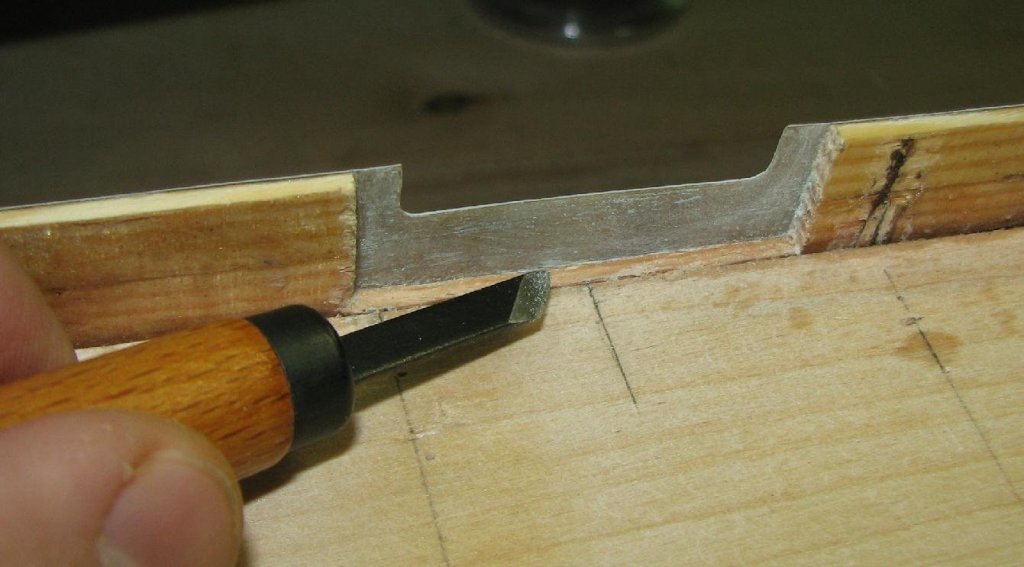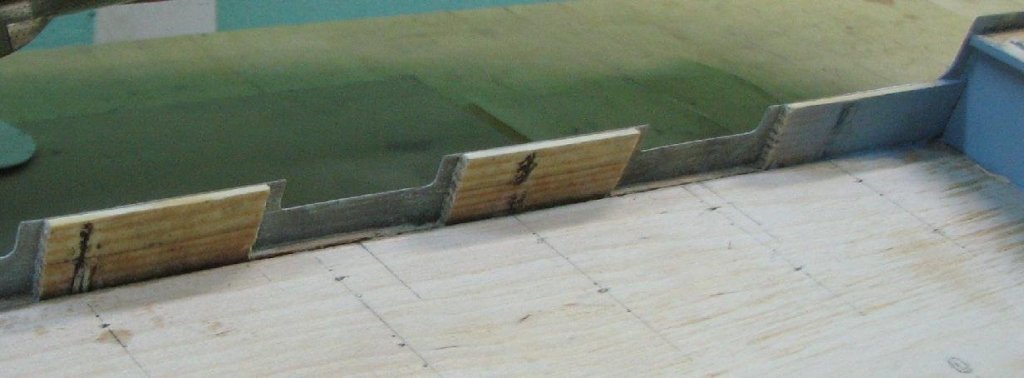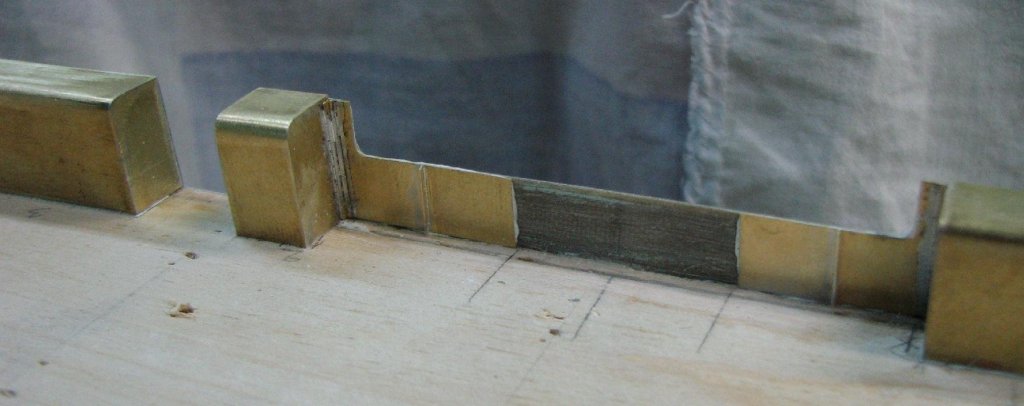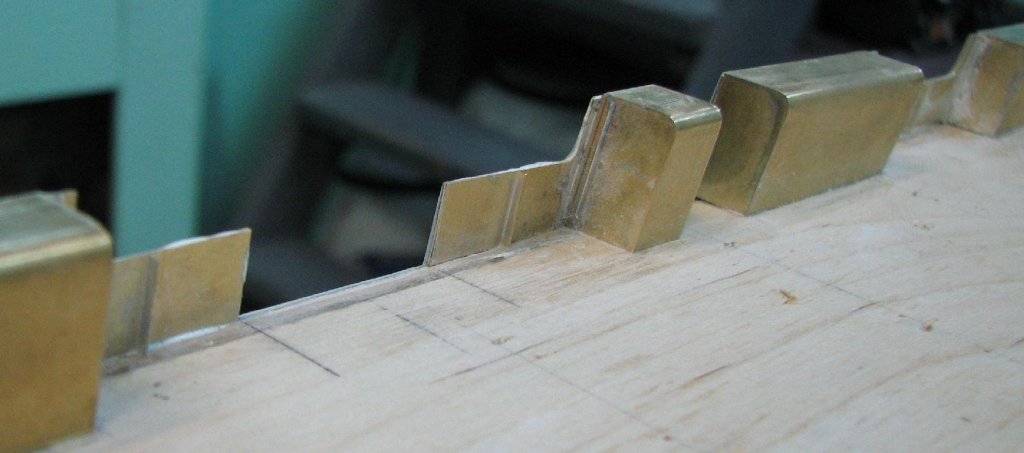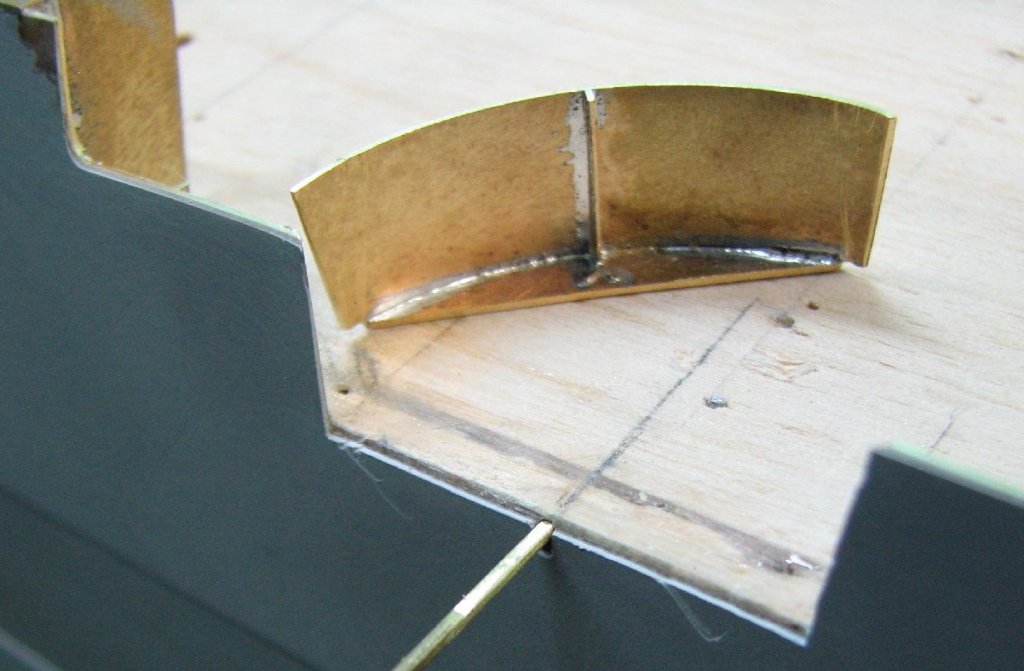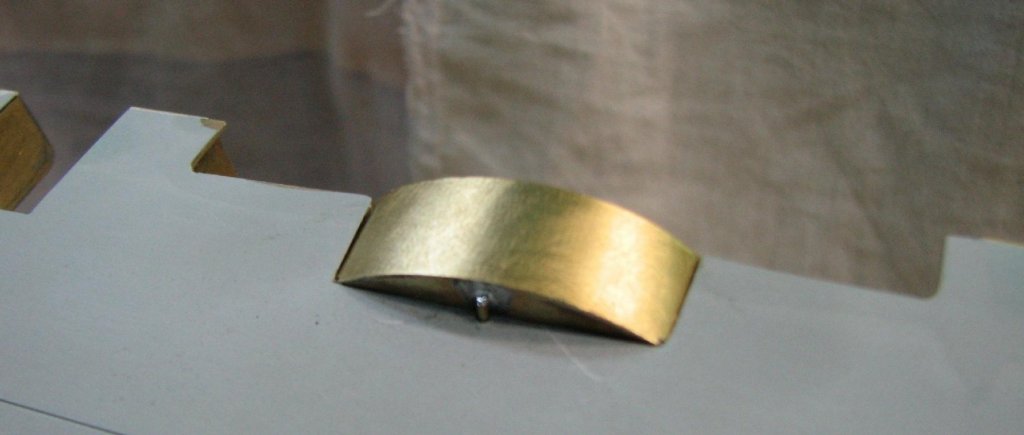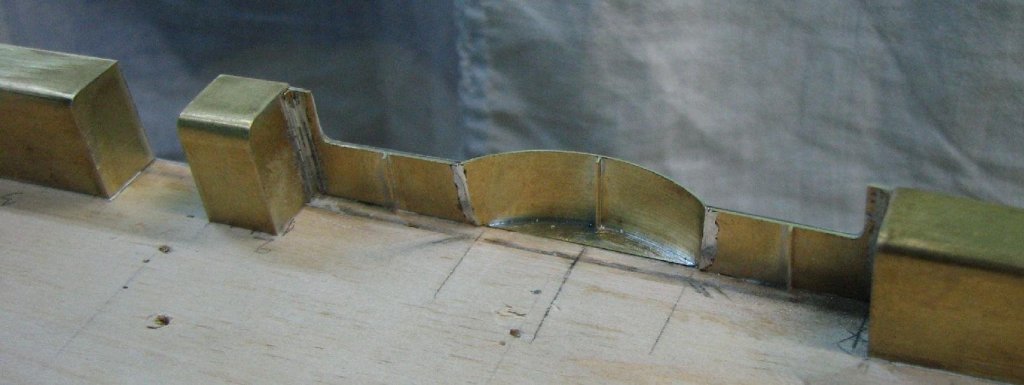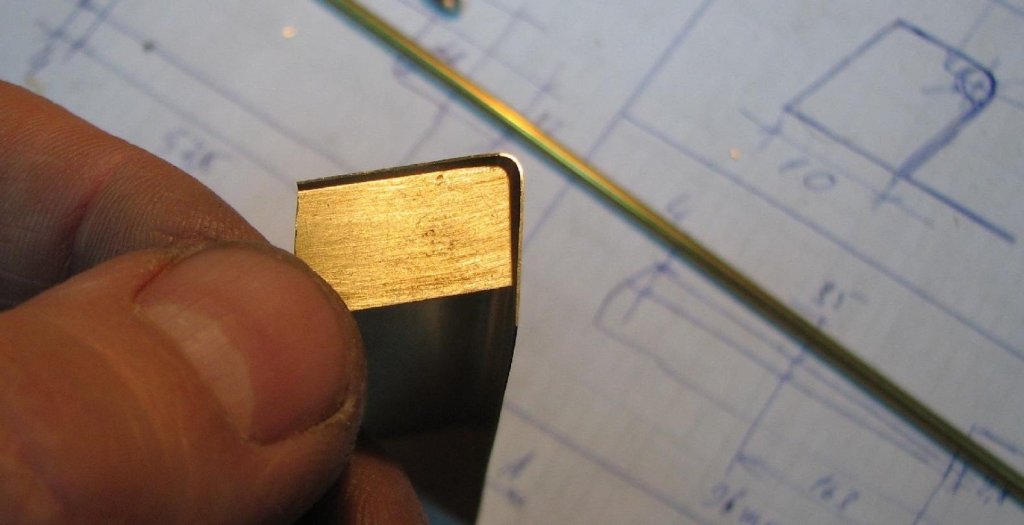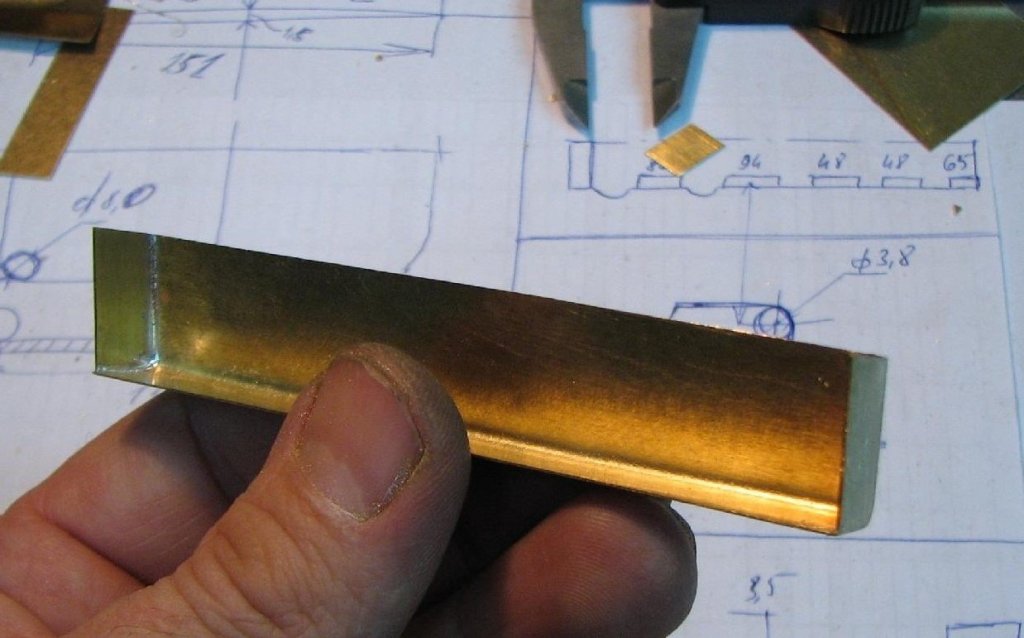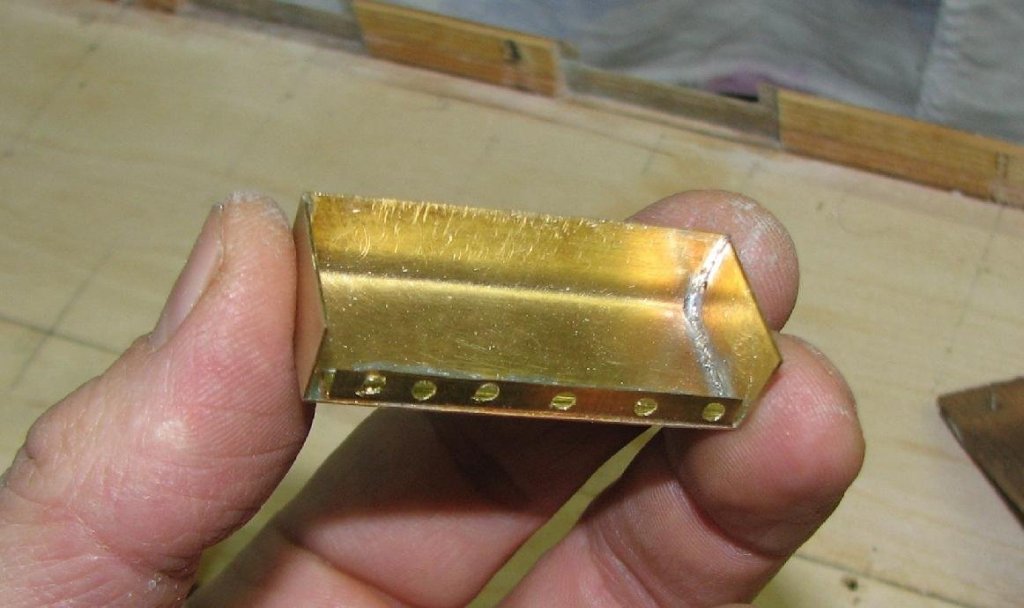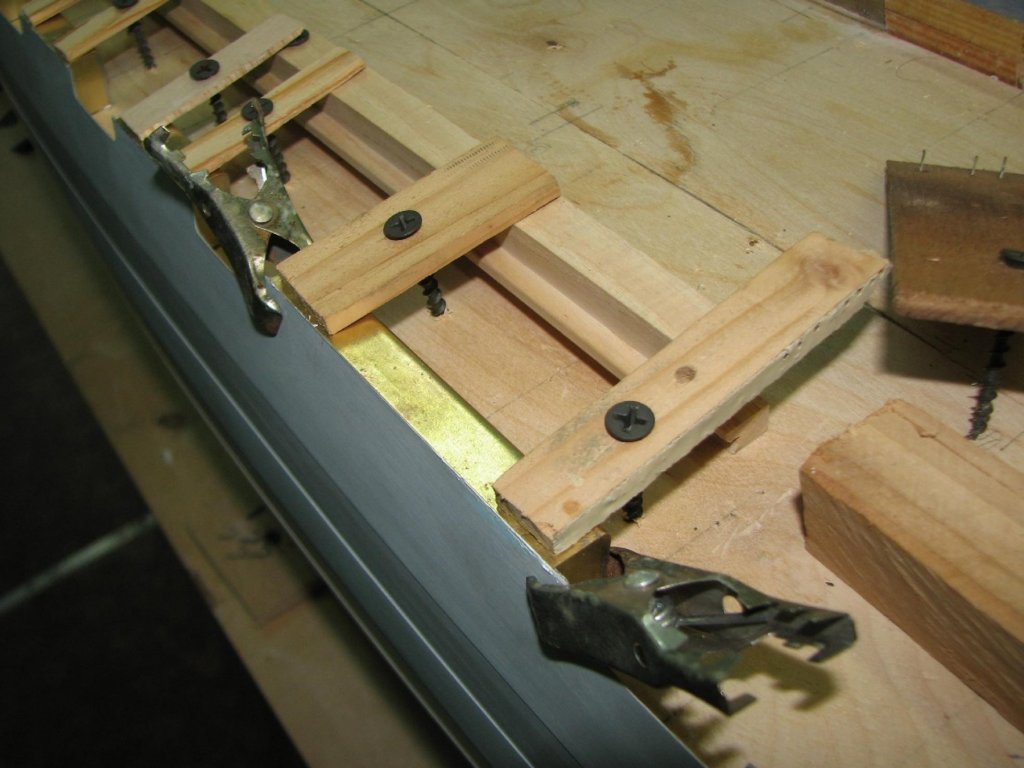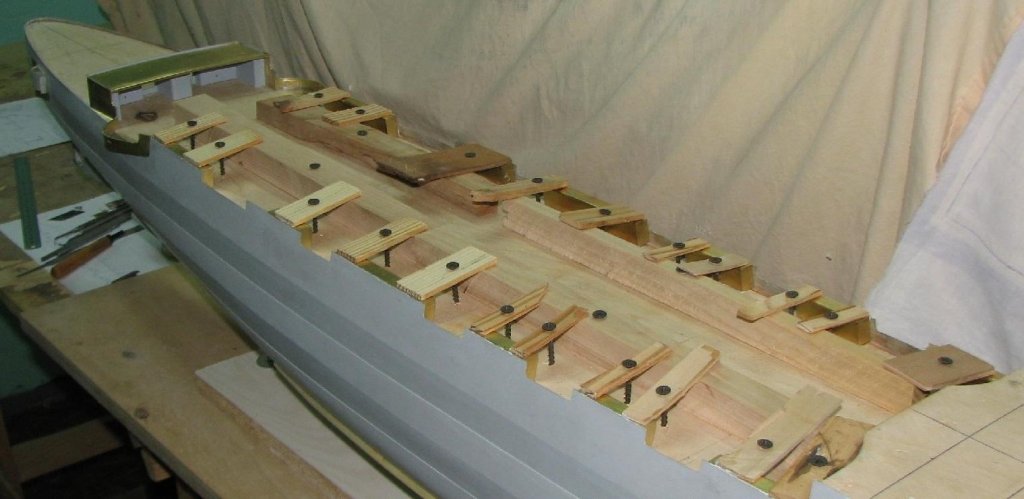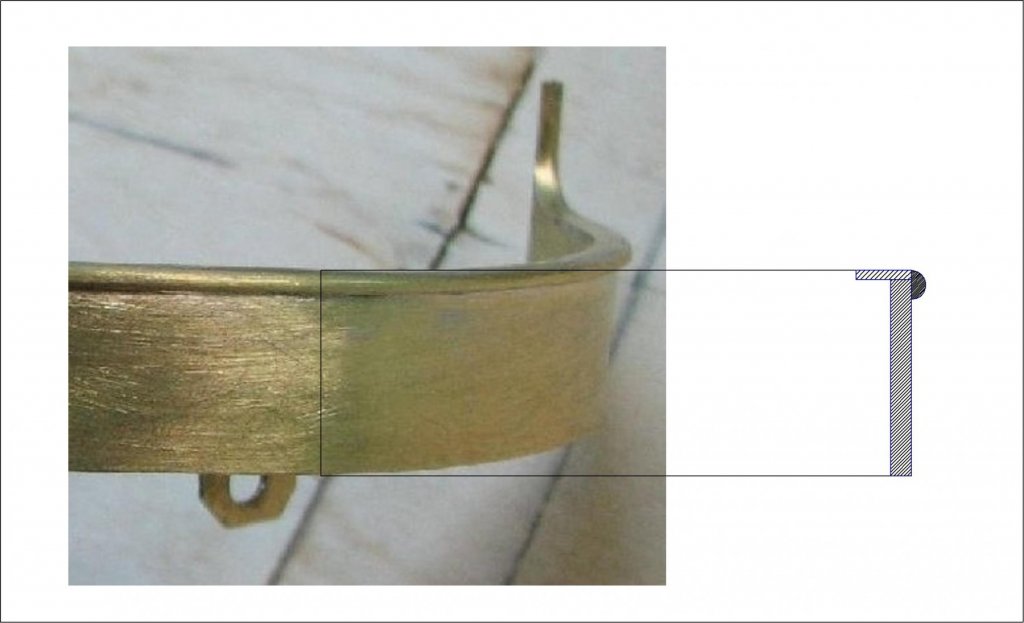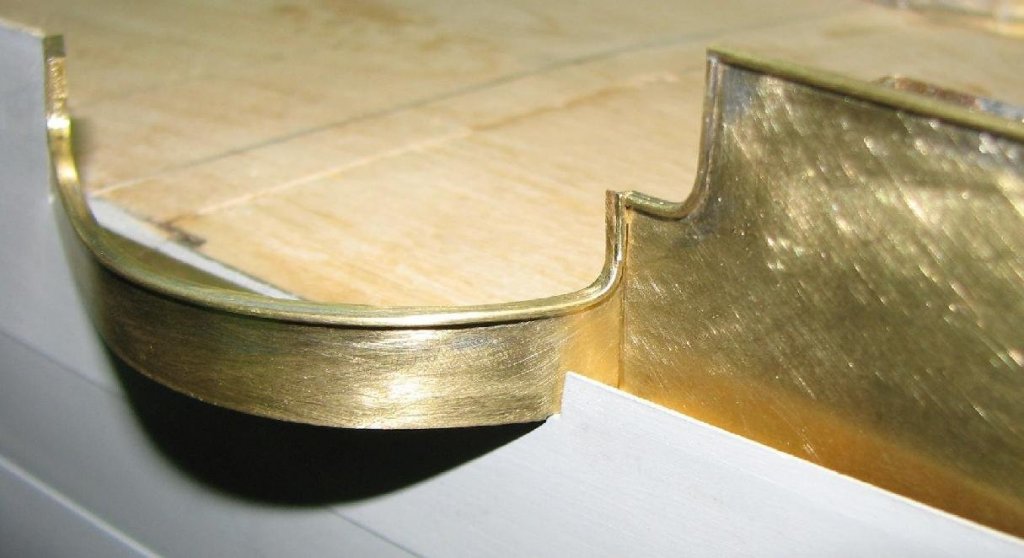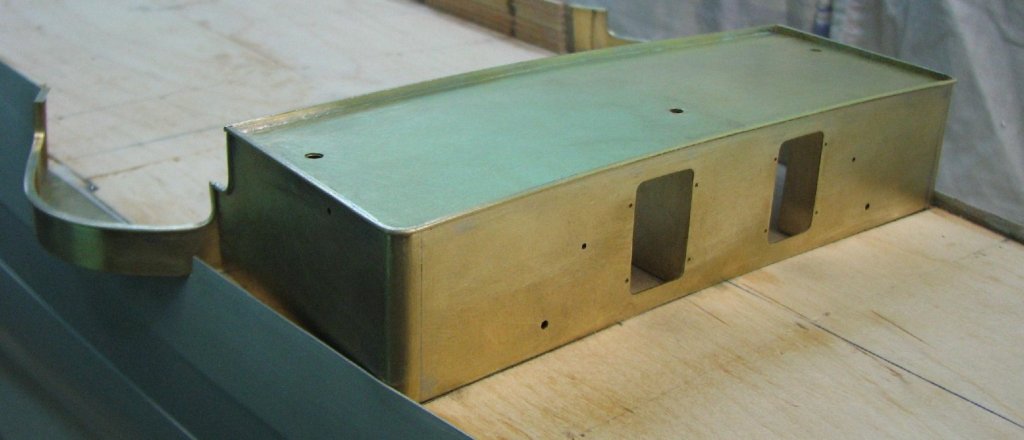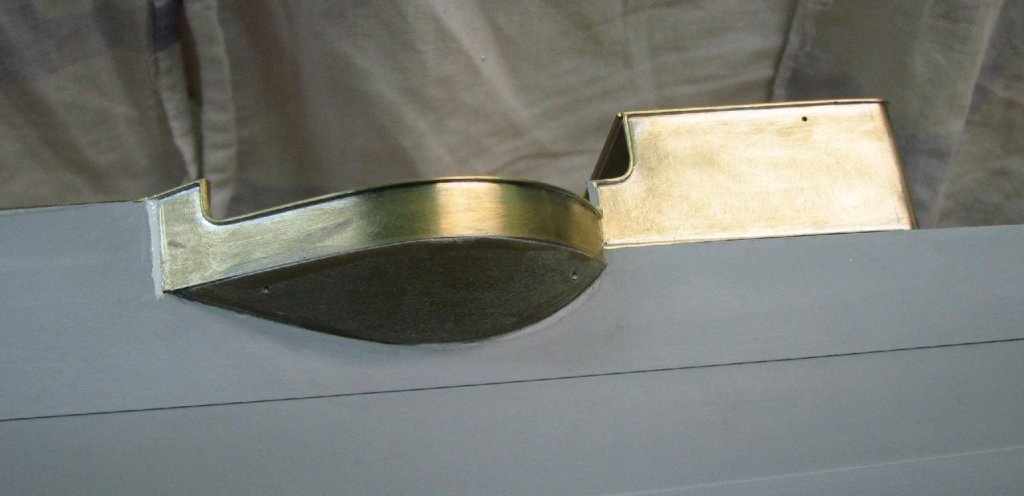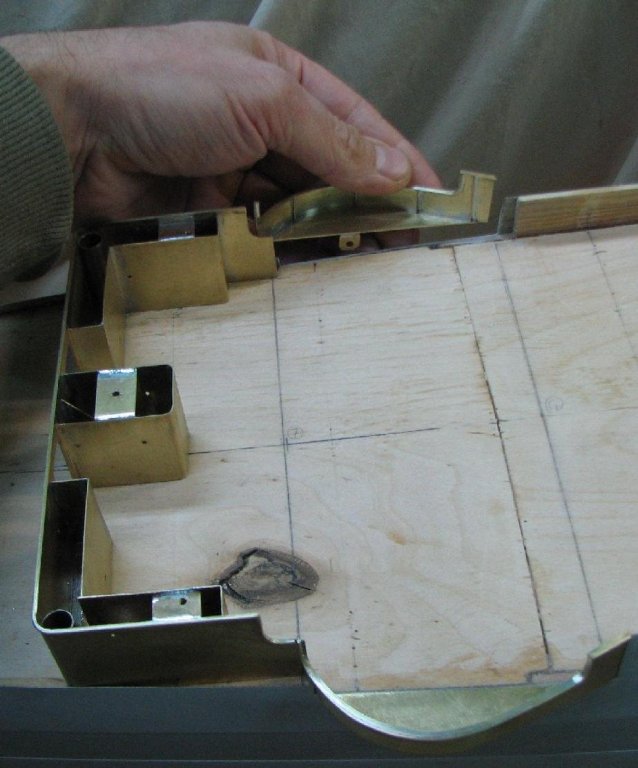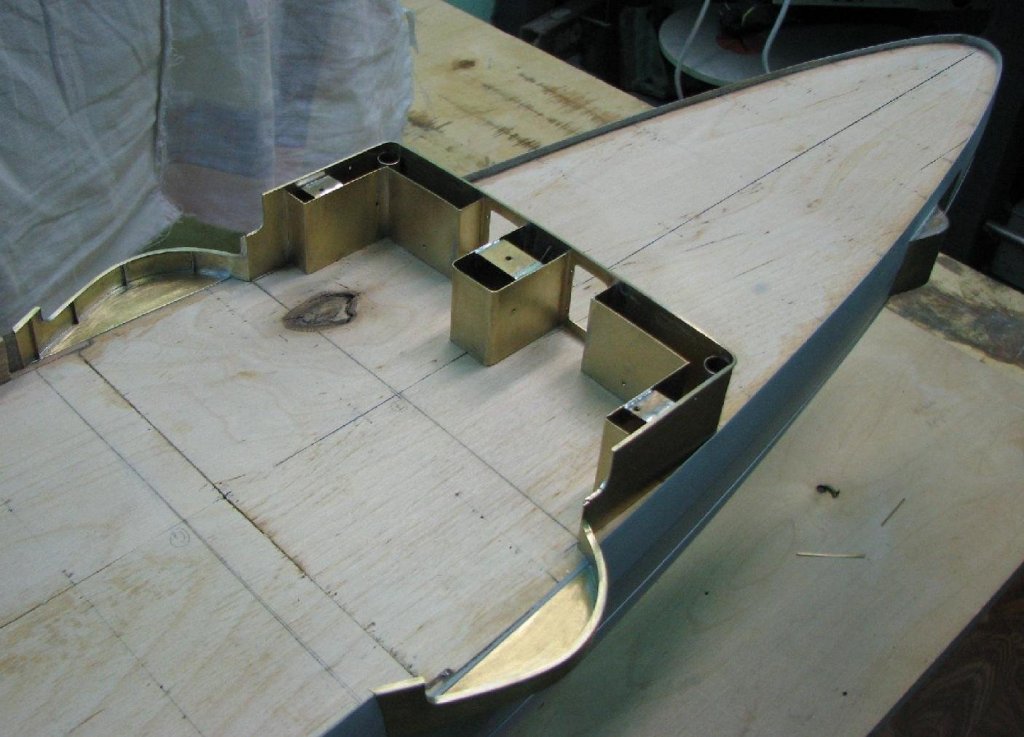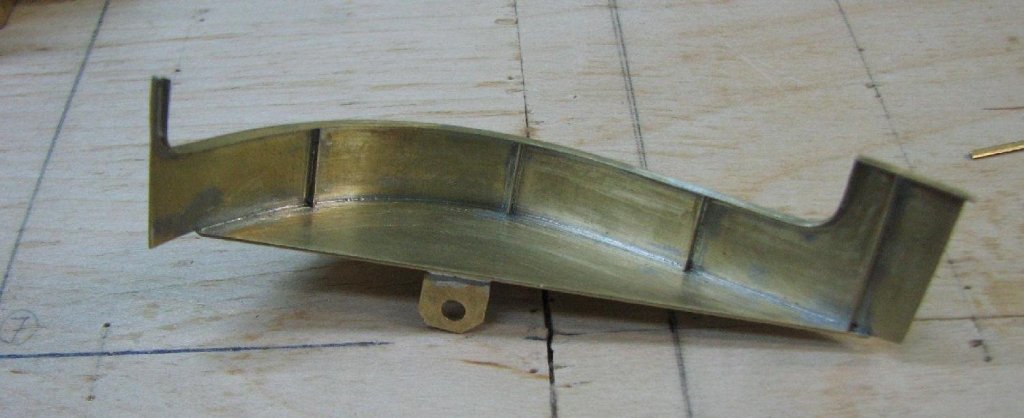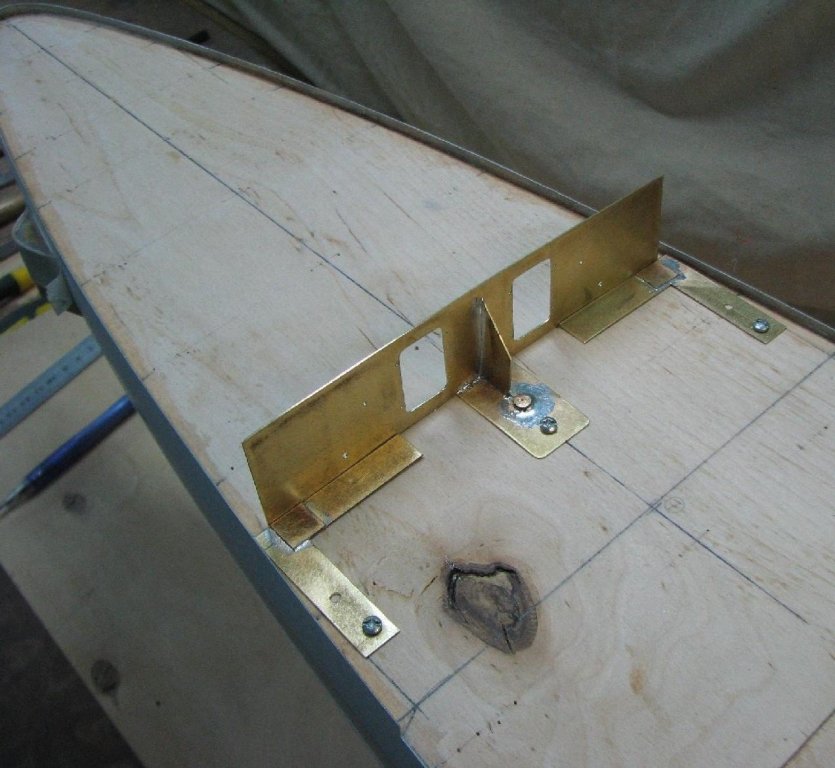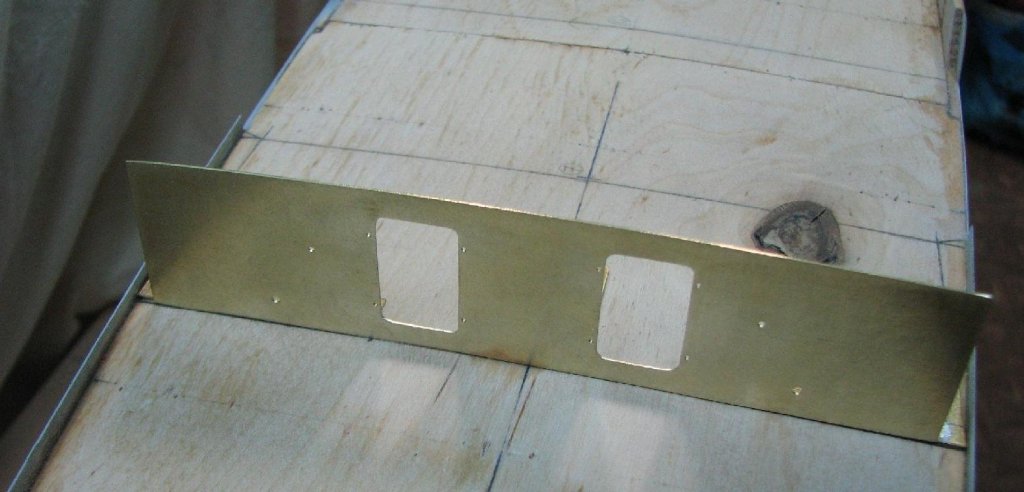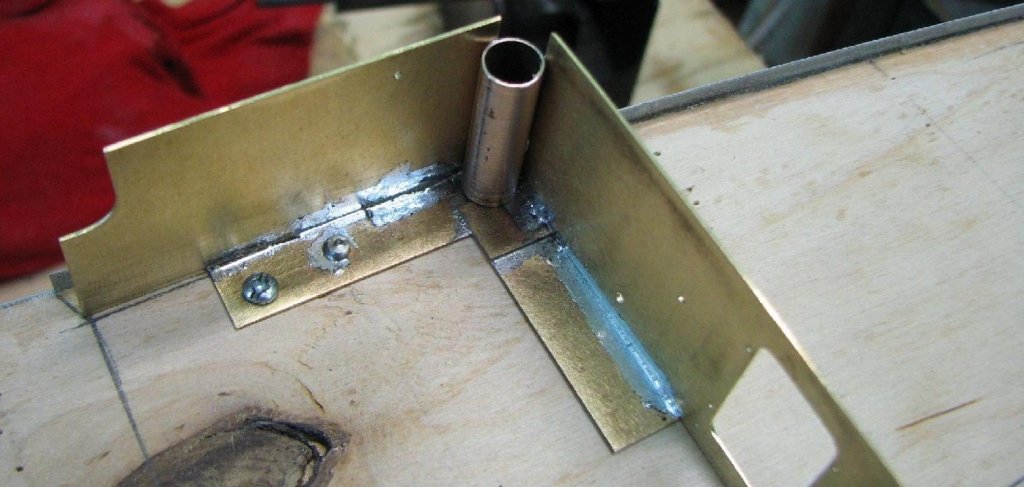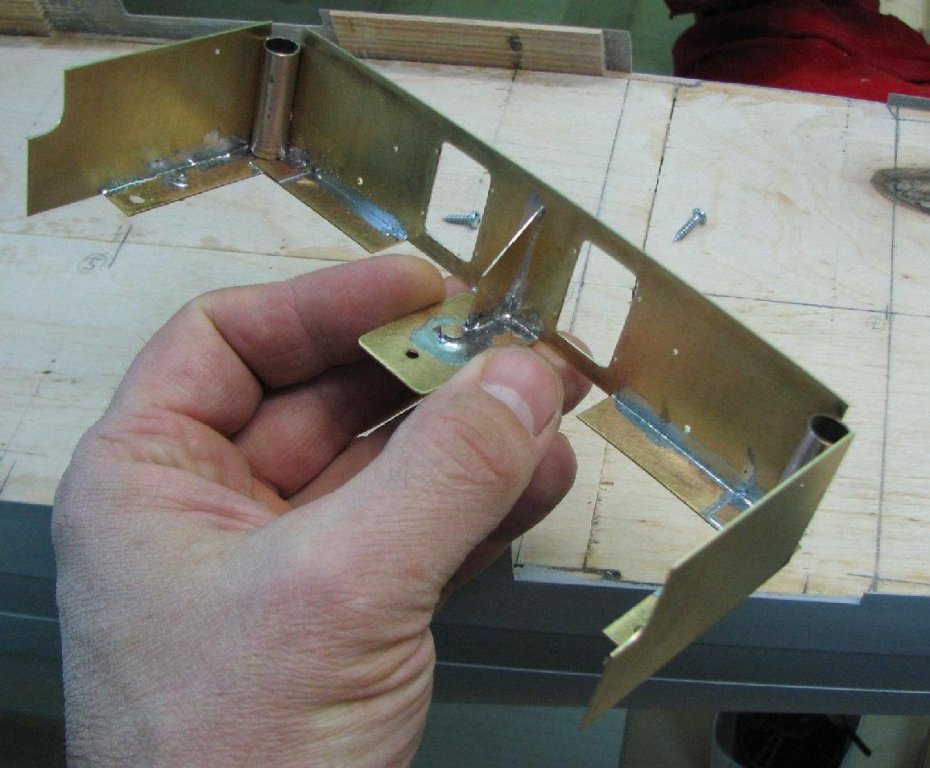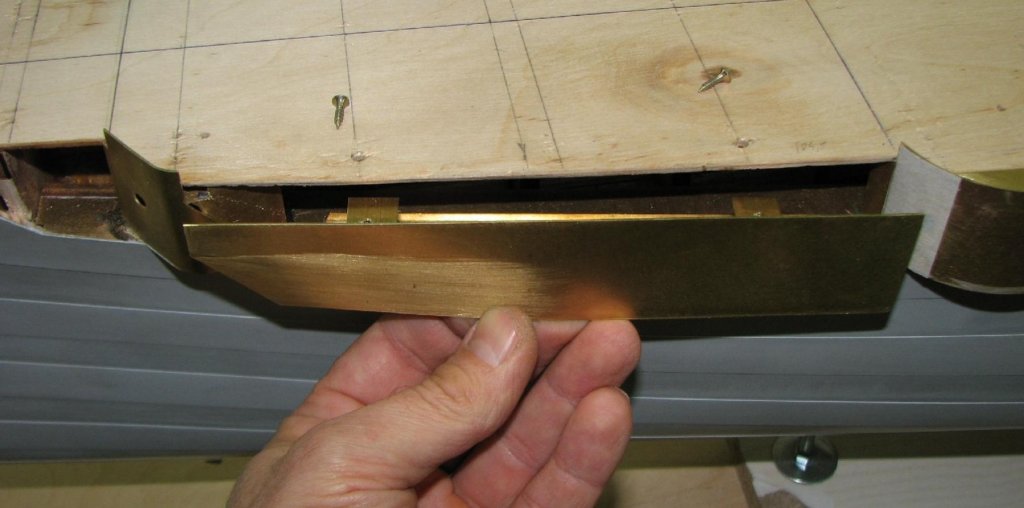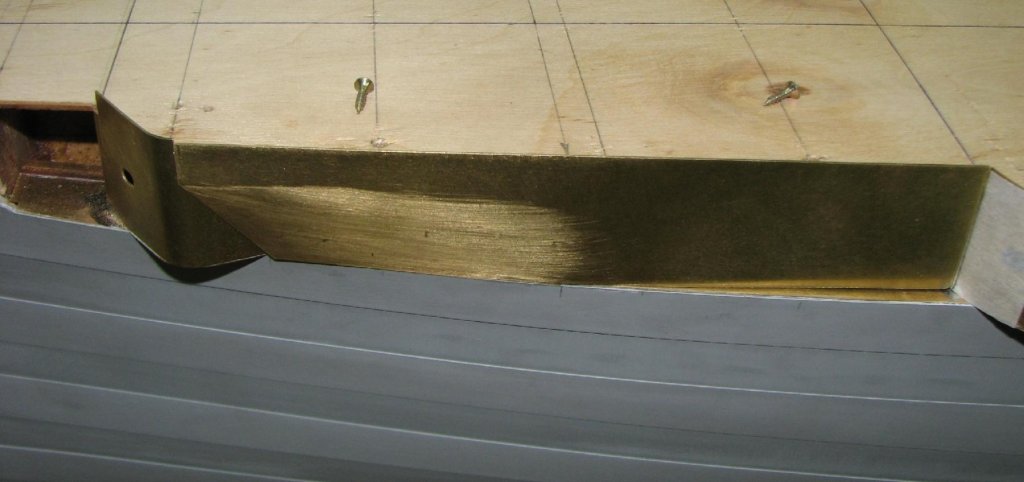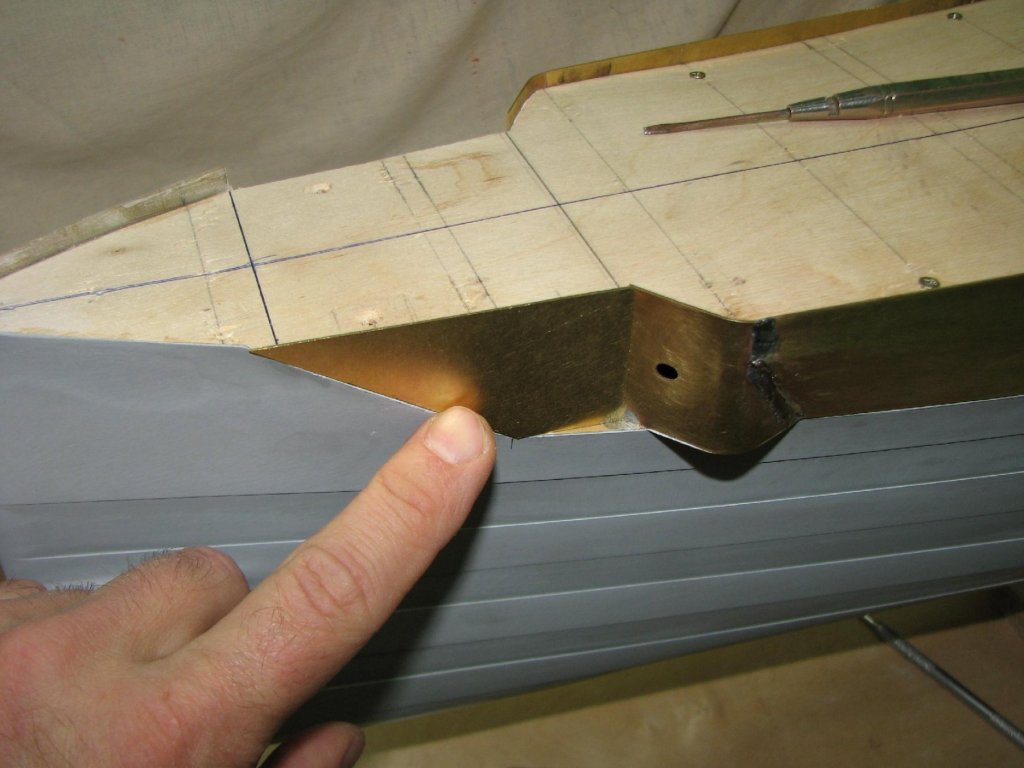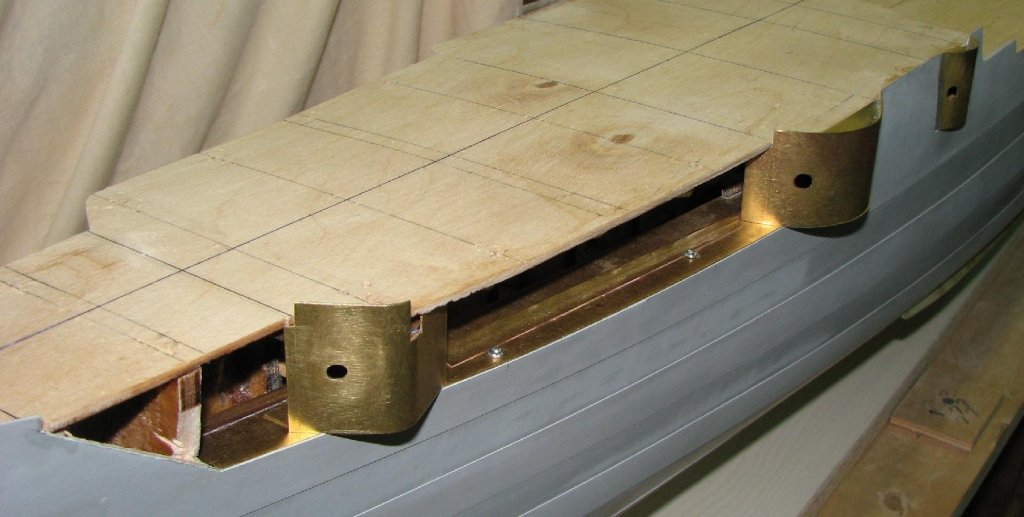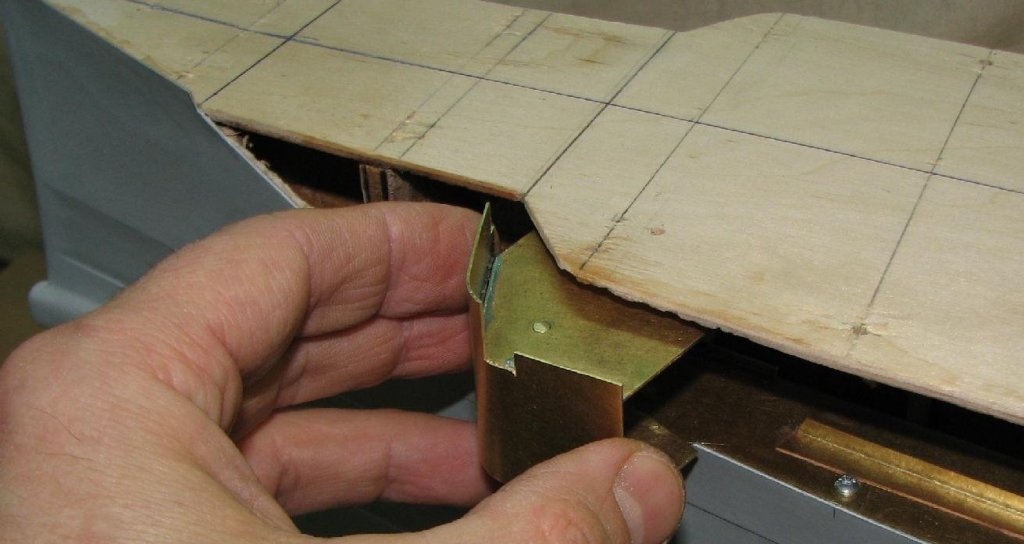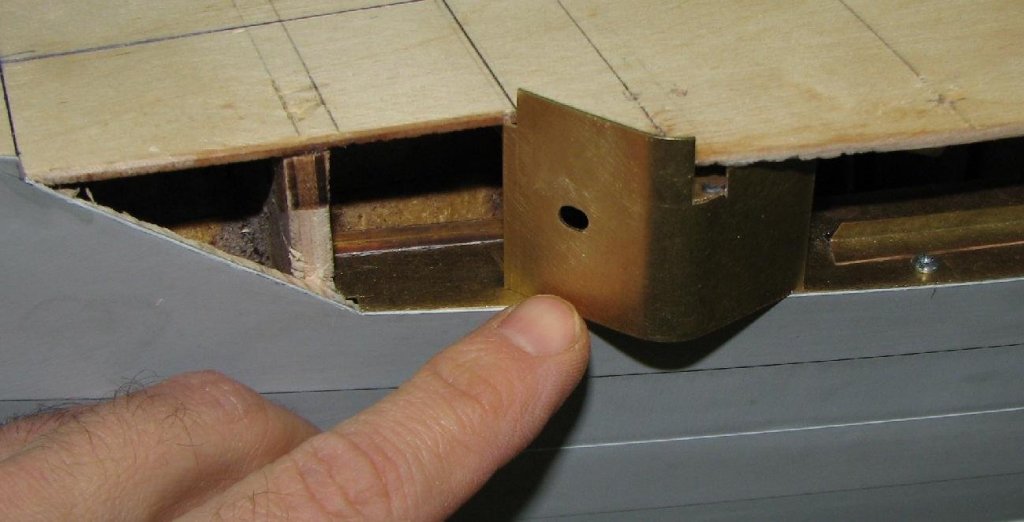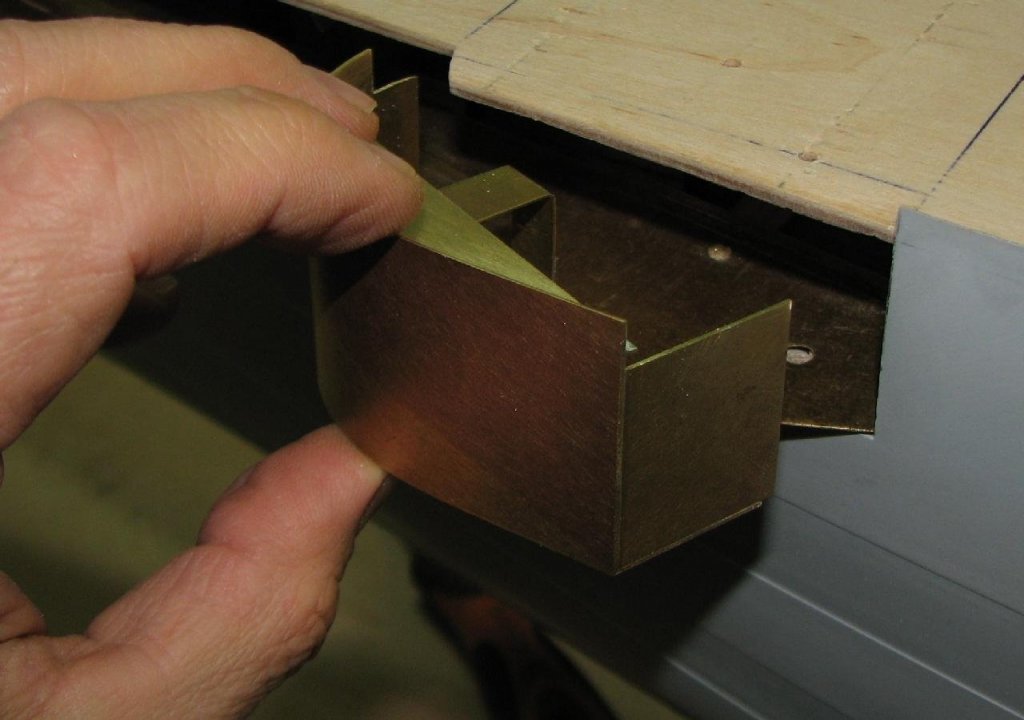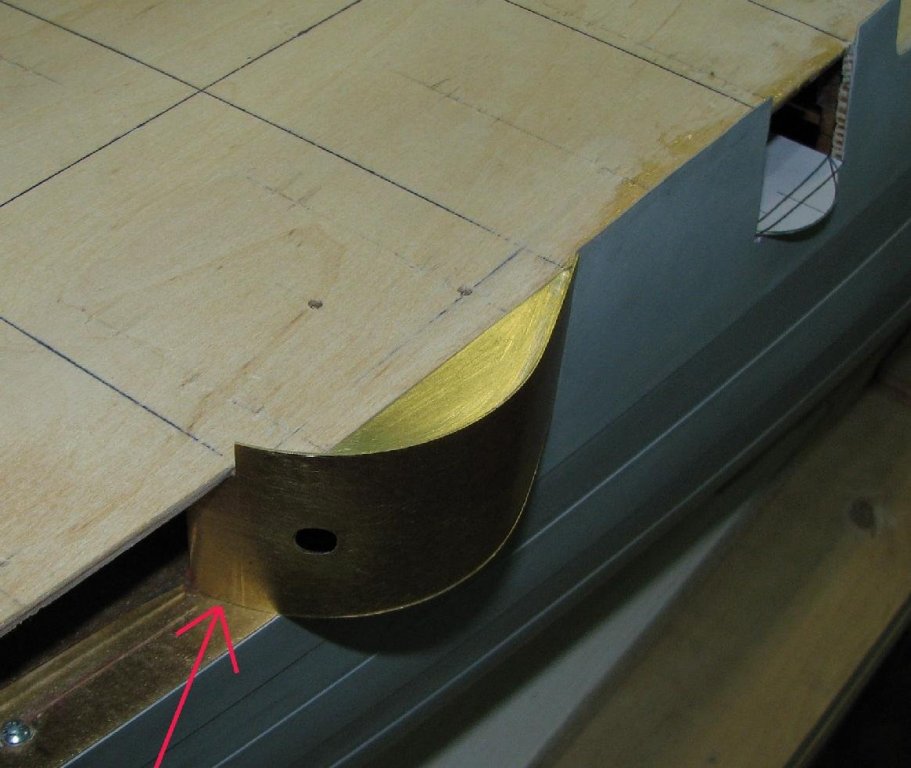-
Posts
1,101 -
Joined
-
Last visited
Content Type
Profiles
Forums
Gallery
Events
Everything posted by Valeriy V
-
Thus, you consciously chose the risk of using black metal. Let's hope that there will be no problems. No problem, you can quickly get ahead of me in this technology.
-
Pleasure is usually at the beginning of the project and in its completion. In the middle of work - overcoming all kinds of obstacles.
-
Jean, this does not apply to the hull and large parts of the ship. I hope in the process of building a model, you will see everything.
-
Thank you Popeye! It is possible to learn how to solder in a couple of months, it is not as cool as it seems.
-
Yes Eberhard, your historical photo brushes aside all doubts about the grids. My photo was taken on the same gun as yours but later.
-
Joe, of course, this method simplifies and facilitates the installation of frames. With regard to the twisted keel, it is still easier to prevent this from twisting than correcting it later. According to this technology, the casing is impregnated with epoxy resin and a large shrinkage of the resin occurs during drying. So she leads to twisting deformations. Using the two halves of the model can be guaranteed to avoid such deformations.
-
Eberhard, with great pleasure, I looked through your entire log. Your work on the metal above all praise. With great interest, I look forward to your continuation.
-
Deck aft housing. Since the deck has round of beams I had to solder housing directly on the deck. Housing frame assembled
-
Dear Alexander , thank you very much! I admit that I am very embarrassed by your high appreciation. I hope that my further work on Varyag will not disappoint you. With my admiration for your work on the Boeir Yacht Valeriy.
-
I insert a casemate in his place. The arrow indicates the lower contour of the casemate for soldering.
About us
Modelshipworld - Advancing Ship Modeling through Research
SSL Secured
Your security is important for us so this Website is SSL-Secured
NRG Mailing Address
Nautical Research Guild
237 South Lincoln Street
Westmont IL, 60559-1917
Model Ship World ® and the MSW logo are Registered Trademarks, and belong to the Nautical Research Guild (United States Patent and Trademark Office: No. 6,929,264 & No. 6,929,274, registered Dec. 20, 2022)
Helpful Links
About the NRG
If you enjoy building ship models that are historically accurate as well as beautiful, then The Nautical Research Guild (NRG) is just right for you.
The Guild is a non-profit educational organization whose mission is to “Advance Ship Modeling Through Research”. We provide support to our members in their efforts to raise the quality of their model ships.
The Nautical Research Guild has published our world-renowned quarterly magazine, The Nautical Research Journal, since 1955. The pages of the Journal are full of articles by accomplished ship modelers who show you how they create those exquisite details on their models, and by maritime historians who show you the correct details to build. The Journal is available in both print and digital editions. Go to the NRG web site (www.thenrg.org) to download a complimentary digital copy of the Journal. The NRG also publishes plan sets, books and compilations of back issues of the Journal and the former Ships in Scale and Model Ship Builder magazines.




